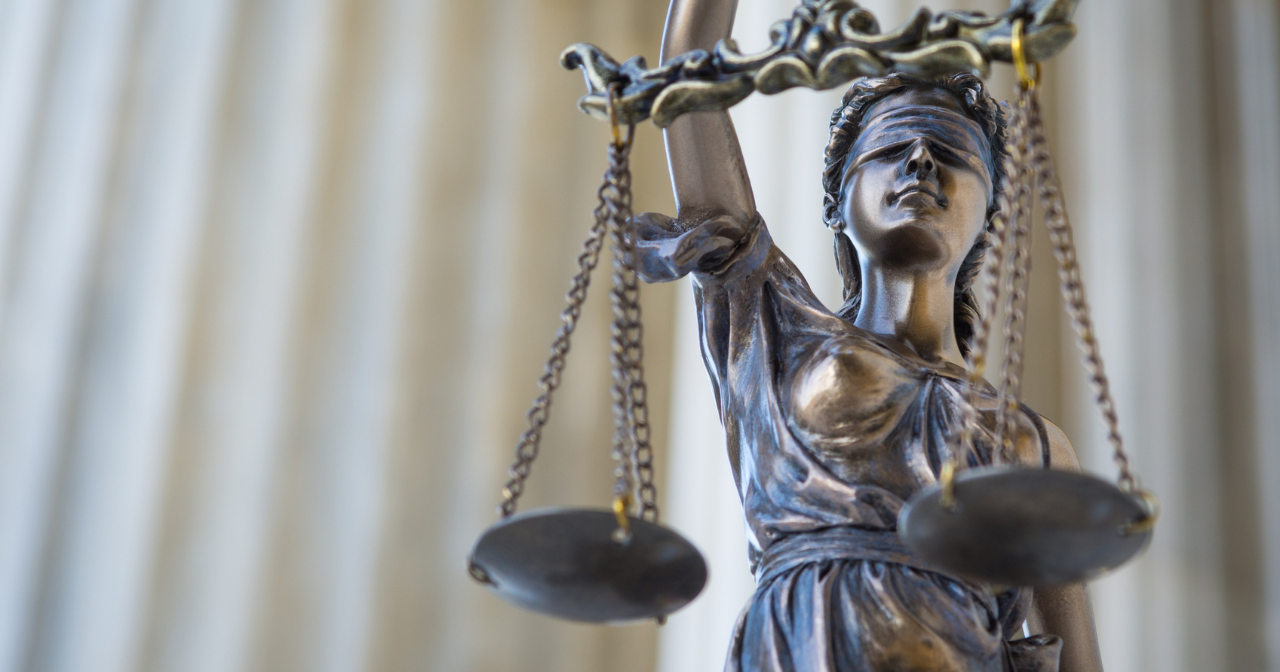The Supreme Court & Reproductive Rights
Almost two years ago, the United States Supreme Court overturned Roe v. Wade with its decision in Dobbs v. Jackson Women’s Health Organization, ending the constitutional right to abortion. Almost immediately, anti-abortion policymakers were empowered to pass additional restrictions on abortion or ban access entirely, pushing this essential care out of reach for many.
To understand how we got to this moment, it’s important to understand how the US Supreme Court has shaped the state of reproductive rights with its decisions for decades. In 1965, the Supreme Court decided Griswold v. Connecticut, which gave married couples the right to obtain and use contraception under the constitutional right to privacy. While this was a major step toward greater reproductive freedom for people, it was not until seven years later, in 1972, that single women were afforded those same rights with the Court’s decision in Eisenstadt v. Baird. Together, these two cases made a significant positive impact on people’s reproductive freedom by affirming their right to access contraception.
In addition to birth control, the Supreme Court has also had a hand in both granting and limiting abortion rights in the United States. One of the first abortion cases to reach the Court was United States v. Vuitch. Decided in 1971, the Court decided that a DC abortion ban with exceptions for “the preservation of the mother’s life or health” was not unconstitutionally vague. The day after Vuitch was decided, the Court agreed to hear Roe v. Wade. In 1973, the Court’s majority opinion declared that the constitutional right to privacy includes the right to seek abortion care. This right was reaffirmed by the Supreme Court nearly 20 years later in its 1992 decision Planned Parenthood of Southeast Pennsylvania v. Casey.
This year, we will get decisions on two more cases that could potentially strengthen or threaten our reproductive well-being. The Supreme Court heard two important cases this session: FDA v. Alliance for Hippocratic Medicine and a consolidated case, Idaho v. United States and Moyle v. United States. In the former case, the Supreme Court’s decision could reduce or eliminate access to mifepristone, one of two safe and effective medications used for medication abortion. Depending on how the Court rules, access could be lost to this incredibly common medication, even in states where abortion rights are protected. In the consolidated case, the Court will decide whether state abortion bans trump the Emergency Medical Treatment and Labor Act (EMTALA), a law that guarantees patients in emergencies receive stabilizing care, including emergency abortion care. This case could have severe impacts and threaten the lives of people across the country.
In the last few years, more lawmakers and other public officials have sounded the alarm that abortion care is health care, and health care is a human right that must be accessible to all. Even celebrities have shared their own stories about their experiences receiving abortion care. While Dobbs was a major setback in our efforts to achieve reproductive well-being for all, one thing is clear: there is power in talking with one another about abortion, contraception, and sexual health broadly.
It is greatly important that we have conversations about the Supreme Court in the context of reproductive rights for two main reasons: to inform each other about what is at stake in terms of our rights and freedoms, and to normalize and destigmatize the subjects of abortion and contraception. Keep yourself informed on the state of reproductive health care access and how it could impact you—and talk about it with people you trust. By educating on and destigmatizing these topics, we can transform our culture, which in turn can help us transform our future.
